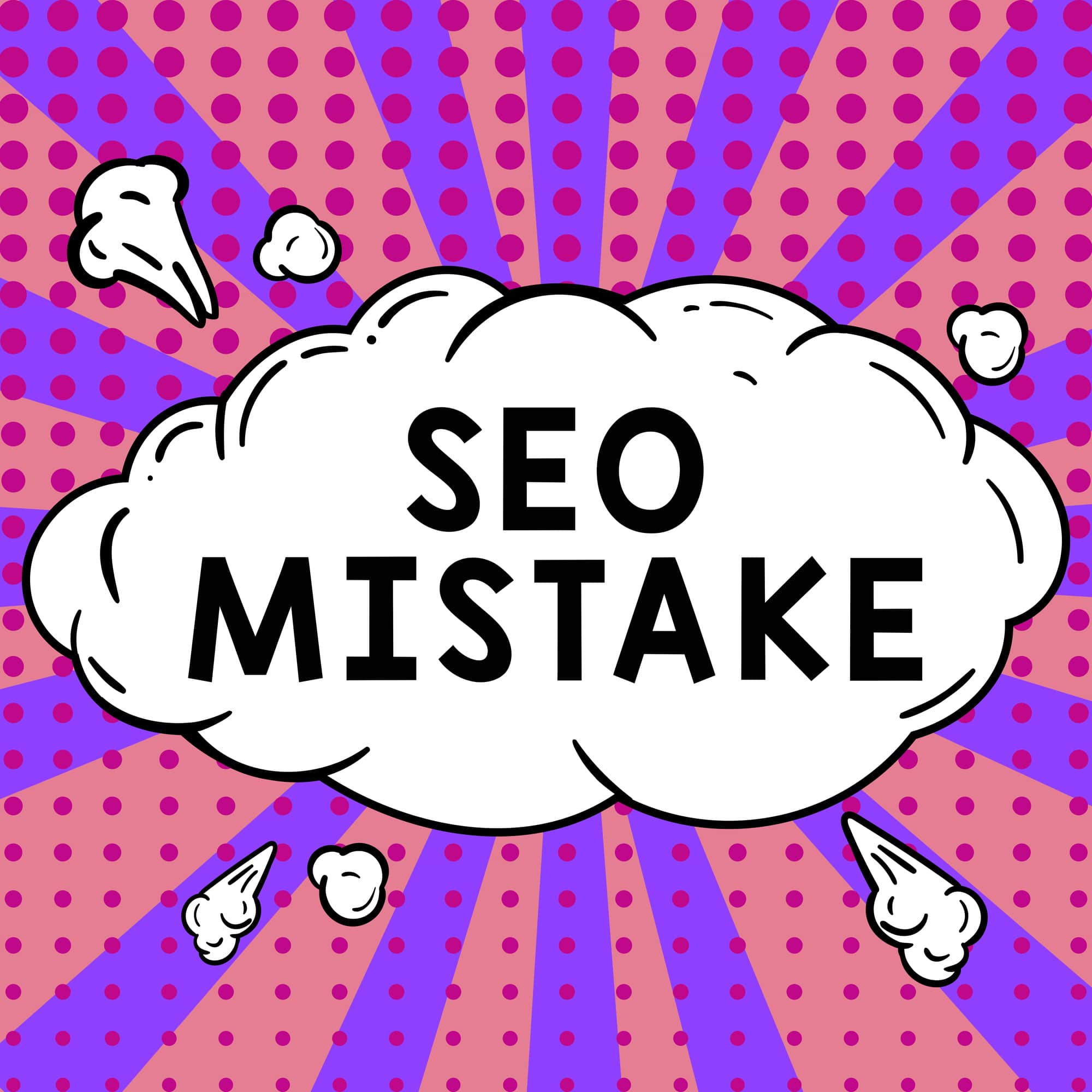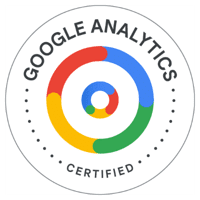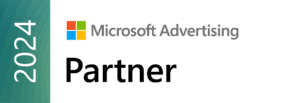 When Microsoft founder Bill Gates wrote his essay, “Content is King” in January 1996, few of us fully grasped exactly how true that statement would be. The words described a future content marketplace where “big money” would be made on the internet.
When Microsoft founder Bill Gates wrote his essay, “Content is King” in January 1996, few of us fully grasped exactly how true that statement would be. The words described a future content marketplace where “big money” would be made on the internet.
He predicted advancements that would be shared on this new electronic medium, including advertisements that would appear instantly without having to wait for a slow, progressive download. He spoke of a future where electronic financial transactions of any denomination could be instantly processed, and of real-time online video content served up on demand, complete with sound.
A Walk Down Internet Memory Lane
Whether or not you see Bill Gates as an early visionary, it’s worthwhile to note what the internet looked like then. In 1996, Google.com didn’t exist yet. Most internet users were accessing the web using Netscape Navigator and dial-up connections with max speeds between 28.8Kbps to 33.6Kbps. Screen resolutions were mostly 640×480 (World Wide Timeline). All totaled, there were only about 100,000 websites in existence in 1996, compared to 1.93 billion sites accounted for as of March 2022. E-mail still wasn’t commonplace, there were no algorithms, and no smartphones. The Winklevoss twins and Mark Zuckerberg were about 12 years old and hadn’t yet dreamed of organizing the Harvard social scene into an online book of “faces.”
The potential impact of the internet was still unknown, but one thing was clear. Change was coming and Gates saw it as a way for businesses of any size to participate by publishing content with the potential to influence others.
Fast Forward
A short 25 years later, perhaps even Bill Gates is astonished by just how far we’ve come, but that “content is king” phrase still has a lot to offer for today’s marketers. In fact, implementing a strategic approach that distributes valuable, relevant and consistent messages to a defined audience has become the very definition of content marketing.
HubSpot, a popular content marketing software provider, lists some of the most prevalently used forms of content today. Ironically, they used a blog to publish this very list which included (of course) blogs, videos, infographics, case studies, eBooks, checklists, memes, testimonials, whitepapers, how-to guides, and influencer/paid advertising. I’d add social media, and podcasts to that list, and there are likely more forms of content that aren’t mentioned here and even more yet to be imagined.
Push vs. Pull Marketing
Simply put, today’s buyers don’t appreciate the hard sell where they feel pushed to “buy now,” and few of us welcome unsolicited ads. I’ll admit that even though I understand (and have even used) retargeting as a marketing tactic, I still find it a little unsettling when I’m looking at shoes online and see ads for those same shoes in my feed over the next several days. It feels a little creepy. Too pushy. In fact, 96% of us don’t trust ads at all.
Optimizing content to appeal to your ideal customer and nurturing a relationship before ever asking them to buy anything is the basis of today’s inbound marketing. Providing just the right information at the time consumers are researching their options and positioning your business as a helpful, trustworthy resource serves to gently pull potential buyers through the journey of awareness, consideration, and eventual readiness to purchase.
And, this strategy works. If you still aren’t convinced, recent statistics from the Content Marketing Institute might help make you a believer.
- Six out of 10 consumers are enticed to find out more about a product after reading useful and relevant content about it.
- Content marketing produces more than three times the number of leads as traditional advertising methods – and costs 62% less.
- Businesses that regularly update their blogs generate 55% more website traffic. In turn, they receive 97% more inbound links and 434% more indexed pages, positively influencing SEO efforts.
Yes, content is most definitely still king. With 91% of today’s B2B marketers and 86% of B2C marketers using content marketing, there isn’t much likelihood that this approach will be relinquishing the throne any time soon.
Now that you know more about the ways content might help your business get closer to an ideal buyer, create trust and build loyalty, you may be thinking about how you are going to fit this into your already busy work day. One final statistic I’ll share is that about 63% of companies who engage in content marketing efforts actually outsource this work.
At periscopeUP, we’ve known the value of content and have been helping businesses use it as a strategic marketing tool since 2009. A lot has changed with the internet since then, but not our commitment to create digital marketing services tailored to your business’ specific needs. We encourage you to check us out as you follow your own buyer’s journey. We’ll be here when you need us. (443) 475-0787







